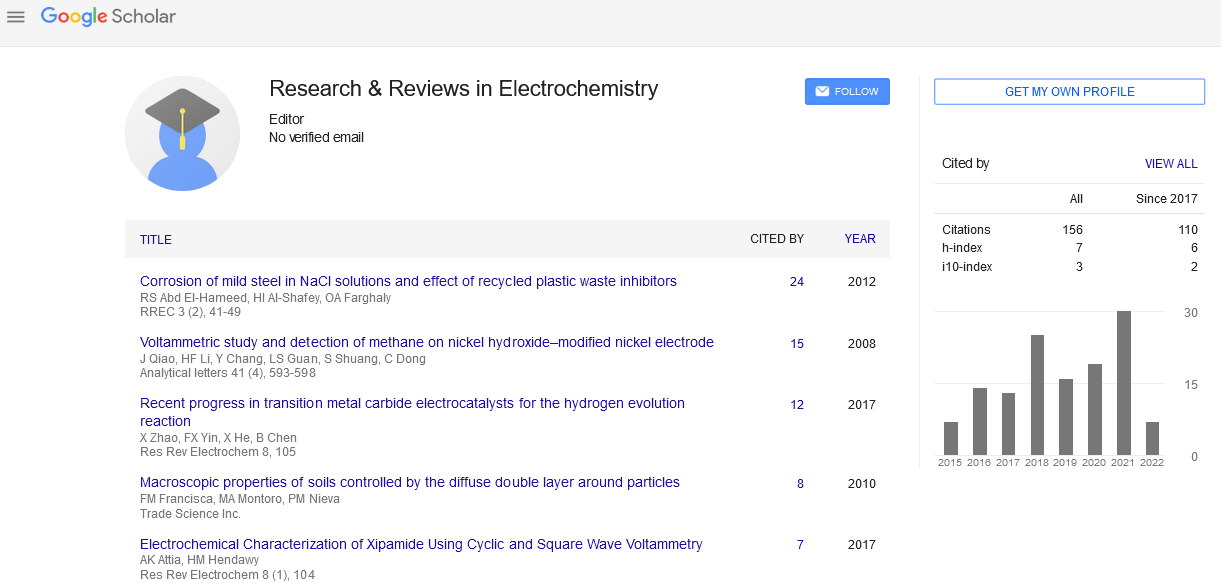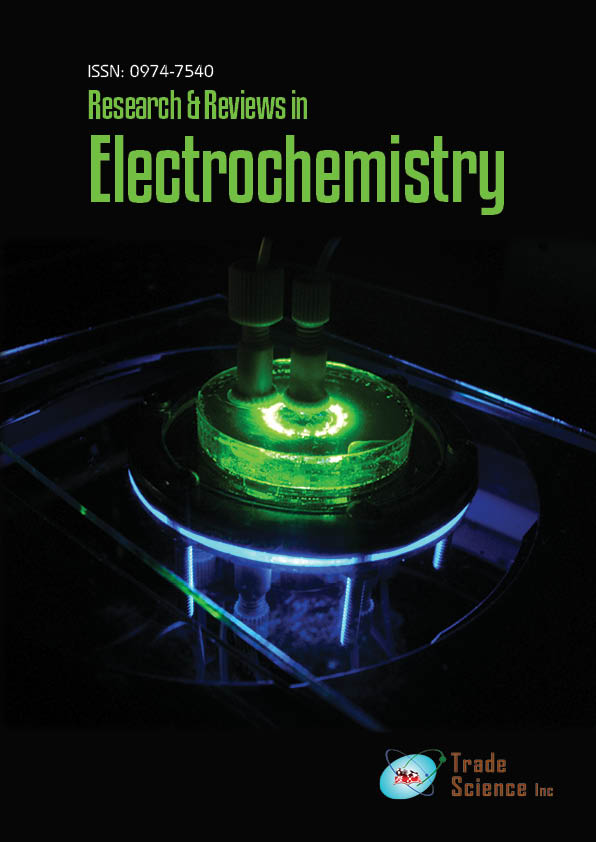Abstract
Cyclic voltammetry, electrochemical impedance spectroscopy and potential oscillation during methanol electro-oxidation
Author(s): Lijuan Han, QunWu, Yanhui XuIn this article the methanol electro-oxidation has been investigated in detail. The electrochemical oxidation reaction mechanism has been analyzed and discussed based on the cyclic voltammetries (CV), electrochemical impedance spectroscopies (EIS) and galvanostatic potential oscillationmeasurements thatwere conducted in 0.1MH2SO4+xMCH3OH(x=0.05, 0.5 and 3.0) solutions. The hidden oxidation peak appearing at about 0.0V vs. Hg2SO4 in positive and negative sweeping potential directions should be contributed to the adsorption/desorption process of some organics on the electrode surface. There is a controversy on the origin of the first main oxidation peak in positive sweeping potential direction. From our analysis, this oxidation peak formation should be related to the formation of adsorbed OH species, not to the formation of adsorbed CO species. The origin of other peaks has been also discussed. It was also found that the real impedance becomes negative for the finite range of non-zero frequencies when the applied potential was just the potential where the first main oxidation peak appears. The galvanostatic test has also explored that during oscillating the average potential does also fall into this potential range.

